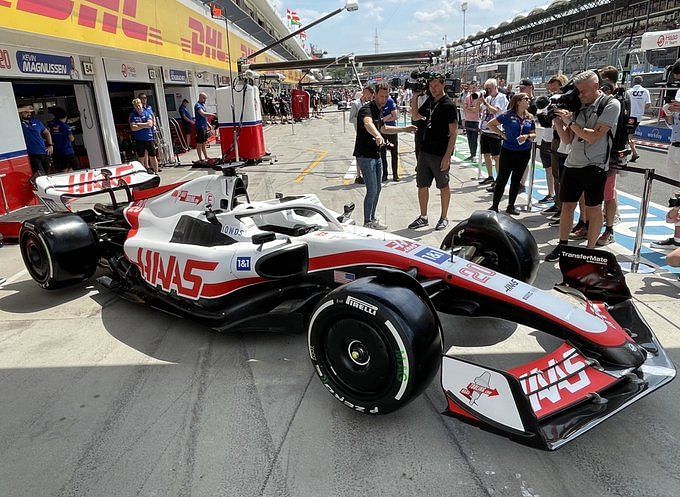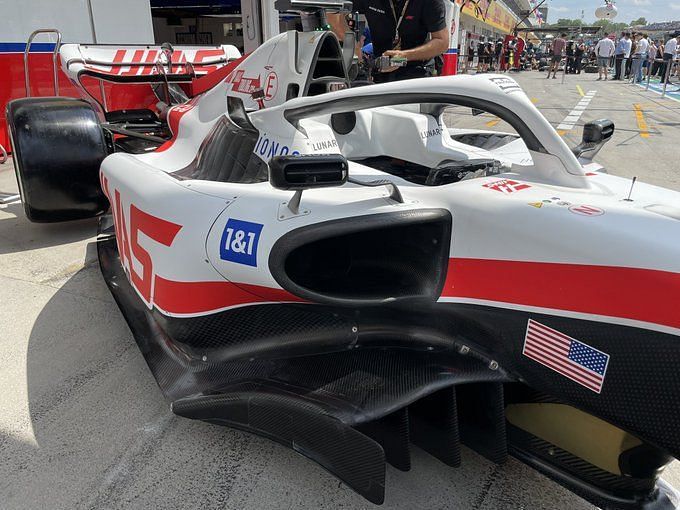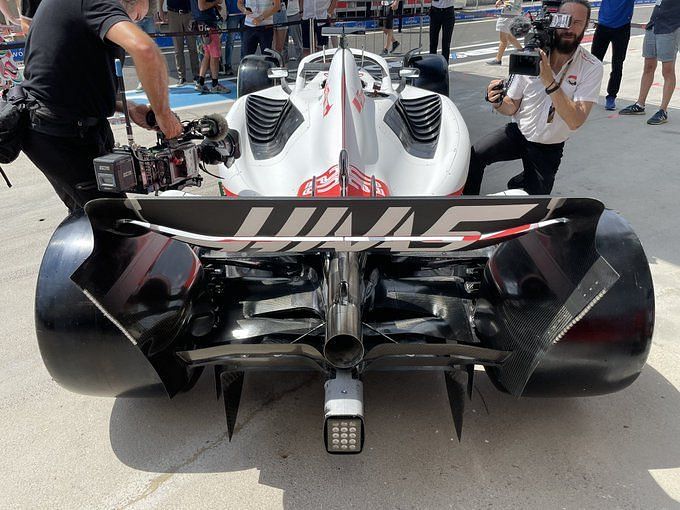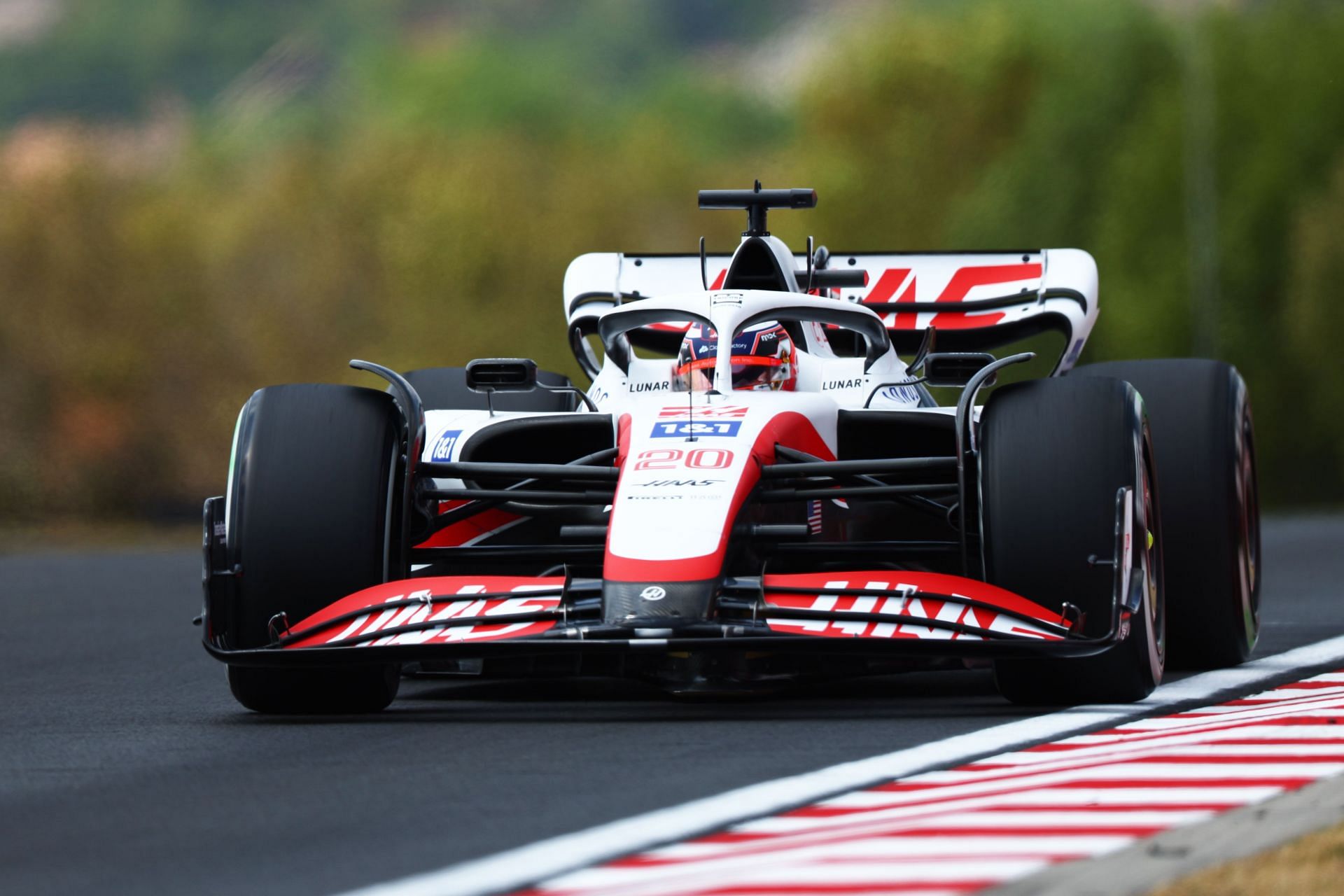
2022 F1 Hungarian GP Upgrades: Who has brought what?
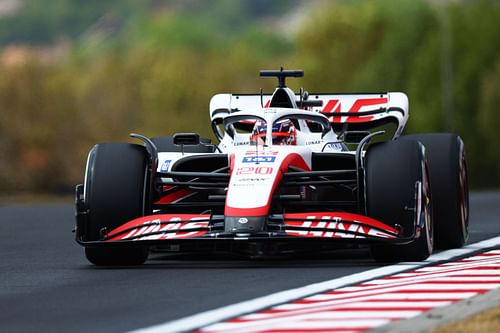
The 2022 F1 Hungarian GP will be the last race of the season before the summer break. So far, the season has been a rollercoaster ride for almost everyone involved, be it the teams or the drivers. Having said that, there's still a lot to play for in the championship with 10 races left in the season.
The teams are not looking to slow down any time soon. Although the summer break is around the corner, this weekend appears to be the one where they are giving the final push in terms of car development. The aim of doing so is to take what they have learned in this race and use it to make further improvements when they return.
Many F1 teams brought upgrades to Circuit Paul Ricard for that very purpose and to counteract the excessively high temperatures that were prevalent. For the 2022 F1 Hungarian GP, the demands are somewhat different. You need a high downforce setup to extract the perfect lap time and the teams have a few solutions for that as well. So, without further ado, let's take a look at what the teams have brought on track to counter the demands of the Hungaroring.
Mercedes
Mercedes has reached Hungary with its high downforce package. It comprises new rear wing tips that enhance the flow beneath the rear wing and an increased camber beam wing to provide a stronger upwash to the lower surface of the main wing.
As expected, this should increase the drag on the car (something Mercedes has struggled with this season). For Hungaroring, downforce is everything, as the track demands a setup for that over anything else. Finally, a new slot over the halo enhances airflow over the engine cover.
Red Bull
Red Bull is bringing in its high downforce package that it used earlier this season in Monaco. The team has increased the camber of the lower beam wing to give a boost to the high downforce rear wing.
McLaren
McLaren is introducing a revised front brake cooling arrangement to improve cooling flow, which could otherwise be an issue this weekend.
To work the diffuser harder across a wider range of operating conditions, a new set of flow conditioners on the underfloor ahead of the diffuser have also been introduced.
Alpine F1
Alpine has also brought its high downforce package to the 2022 F1 Hungarian GP. In terms of updates, it's not much but features a cleaner transition from the beam wing to the endplate compared to the way it was run in Monaco the last time.
AlphaTauri
Just like every other team on the grid, AlphaTauri has brought its high downforce package to the 2022 F1 Hungarian GP. In terms of new parts, there seems to be a modification in place for the team as the rear wing endplate transition to the upper flap has been modified for greater wing performance.
Aston Martin
To add to the high downforce brought by every other team on the grid, there are tweaks made to the rear wing tip and endplate to give the most efficient drag and downforce trade-off for this circuit’s demands.
Alfa Romeo
Other than the high downforce upgrade package, Alfa Romeo has introduced an all-new floor as a general development item, claiming it produces greater downforce for very little increase in drag.
Haas F1
And finally, Haas! This is supposed to be the team's first and only upgrade package of the season. The package will only be used by Kevin Magnussen this weekend as the team could bring only one set before the summer break.
In what should be considered an extensive upgrade for Haas, the team gets an all-new floor that is claimed to be far better resolved in its performance at various ride heights. The floor fences have been realigned appropriately to the new floor geometry, as has the leading edge of the floor to condition the flow into the tunnels.
The new engine cover has been reshaped with a greater duck-tail profile. There is also a change in the cooling louver arrangement on the sidepod upper surfaces.
The rear suspension has a new fairing design to better align with the flow around the new bodywork and floor. Finally, a completely new rear brake duct design works the winglets harder, increasing both the local load at that point and improving the flow to the rear beam wing.
